
- Over 3,000 forest scientists, practitioners and allies gathered in Bonn, Germany and online on 24–25 April to shape the next decade of forest action
- Building on 30 years of research and expertise, CIFOR-ICRAF teamed up with the Global Landscapes Forum to convene forest leaders from around the world
Bonn, Germany (29 April 2025) – The Center for International Forestry Research and World Agroforestry (CIFOR-ICRAF) and the Global Landscapes Forum (GLF) convened over 3,000 participants from 145 countries at GLF Forests 2025 to shape the next decade of action on forests ahead of UN Climate COP30.
From innovations in the Congo Basin—the world’s largest forest-based carbon sink—to the complex realities of the Amazon Rainforest, the most biodiverse forest on the planet and host of the next global climate conference, these were the key insights shared during the forum held on 24–25 April:
Beyond trees, forests are also the communities and the species that inhabit them
“We need a collaboration where we co-design with the locals to redefine what success is, because for local communities, success is about survival. It’s about fisheries. It’s about natural resources. It’s about culture, and it’s not about the targets that were placed upon them from the top” – Camille Rivera, Co-founder at Oceanus Conservation and GLFx Mindanao chapter coordinator.
“It’s important that we not just look at big partnerships with NGOs and research institutes, but we also scale down to see how communities are impacted and see what they need and expect from a partnership. These communities are on the frontline of forest loss, human-wildlife conflict and climate change more broadly” – Shaik Imran, Co-founder at Prakheti Agrologics and a 2025 Forest Restoration Steward.
“There will be no forest left standing if the rights of Indigenous Peoples remain on the ground. In addition to the economic transition, we need to make a political transition and a humanitarian transition” – Célia Xakriabá, a member of Brazil’s Chamber of Deputies for the state of Minas Gerais and one of the 8 Women with a New Vision for Earth in 2025.
Forest action is climate action and food security
“The Amazon Rainforest generates rain that falls in the southern United States, northern Argentina and São Paulo state—it makes agriculture possible there. If we lose forests, we’ll have remote effects we may not even be thinking about right now. That’s why we need a holistic view for forests” – Christopher Martius, Senior Advisor, Climate Change, Energy and Low-Emission Development at CIFOR-ICRAF.
“It’s better to invest now in protecting the forest than in the future in trying to find out ways to produce food for a growing population. The paradigm of getting rid of native vegetation to perform agriculture – we need to change that paradigm into one in which forests are part of the production system” – André Guimarães, Executive Director at IPAM Amazonia.
“By integrating ambitious forest-related targets within the nationally determined contributions (NDCs), countries have the potential to use that to mitigate and adapt to climate change, protect biodiversity and support sustainable livelihoods” – Daniele Violetti, Senior Director and Programmes Coordinator at UNFCCC.
“Climate mitigation pledges should be developed in synergy or in conjunction with adaptation pledges, because mitigation and adaptation really should look like the same thing in the land sector” – Kate Dooley, Land Gap Report lead author and Senior Research Fellow at the University of Melbourne.
International finance, policy and local action together drive meaningful change
“The voices of those who have skin in the game – local communities and Indigenous Peoples – are the ones who must define the global agenda” – Subhra Bhattacharjee, Director General at Forest Stewardship Council (FSC) International.
“National and global policy frameworks must always start from the ground. Our efforts were only successful because policies were co-created, not imposed. We also need sustained investment in ecosystem restoration. Short-term projects can’t deliver long-term impact. We call for financing mechanisms that are stable and community-driven” – Christine Vale, Watershed Development Officer at the Carood Watershed Model Forest Management Council.
“How can we bring more people from different sectors? How can we open this discussion to those who are not in the room? That’s another challenge for us in this next decade. I say [the answer is] partnering. Solidarity in these times is key—working together to define what is meaningful for us and how we can really support the people at the front line of communities” — Deborah Sanchez, Director at the Community Land Rights and Conservation Finance Initiative (CLARIFI).
AI, digital and on-the-ground tools: new perspectives for sustainable forest management
“With AI, it’s so much easier to combine very different data – ground data, camera trap data, satellite data – to get more information out of them. That will be a revolution in making primary data” – Fred Stolle, Director of Impact for Land and Carbon Lab, Global Forest Watch at the World Resources Institute (WRI).
“Digital tools require field validation to avoid interpretation biases; conversely, field observations benefit from digital tools to optimize sampling and detect dynamics that are invisible to the naked eye. The combined use of these two approaches in Central Africa, particularly in the six countries that share the Congo Basin forests, is constantly evolving and progressing, and makes it possible to obtain multiple descriptors that range from a relatively fine scale — one could say, a leaf — to a relatively broad scale, at the landscape level, for instance” – Stéphane Momo, postdoctoral fellow at University of Liège.
Deforestation, the vast loss
“If deforestation were a country, it would be the fourth largest emitter after the U.S., China and India. Scientists estimate that the Amazon tipping point could be triggered if 20–25% of the forest is lost. Alarmingly, about 17–18% has already been lost. A collapse would mean heatwaves, crop failures, water shortages and health risks for people across the continent and beyond” – Hermine Kleyman, Head of Policy – Forest Practice at WWF International.
“Over 90% of deforestation is caused by the expansion of agriculture. Every year, we lose more than 12 million hectares of forests. This loss is not just an environmental issue. It directly impacts livelihoods, communities and economies. So, protecting forests is not just a moral and environmental duty, but also an economic and social necessity” – Paul Garaycochea, Director for Sustainable Supply Chains, Agricultural and Food Systems at the Federal Ministry for Economic Cooperation and Development (BMZ).
“Deforestation remains a major issue in Latin America. However, we’ve found that organized communities are protecting forests by integrating them into people’s life strategies. Community forestry, which is highly participatory, helps safeguard forests from land-use change. We also collaborate with the private sector, seeking productive systems that prevent deforestation and foster more sustainable landscapes” – Róger Villalobos, President at the Latin American Model Forest Network (RLABM) Board of Directors.
DEBUTS AT GLF FORESTS
Transparent Monitoring project: supports developing countries in improving land use emissions monitoring and better assessing mitigation actions. It builds on the Paris Agreement and highlights how transparency strengthens climate action.
The project offers guidance on implementing open-source tools and open-access datasets while improving data availability. It currently showcases one book on the elaboration of essential elements of transparent monitoring, searchable tools and publications and a book with 11 case studies across Côte d’Ivoire, Ethiopia, Papua New Guinea and Peru.
Presented at GLF Forests 2025 by Hannes Böttcher, Head of the Land Use Group in the Energy and Climate Division at Öeko-Institut, the project outlines nine criteria to address challenges and enhance the effectiveness of greenhouse gas monitoring in the land sector. These expand on the monitoring principles of the United Nations Framework Convention on Climate Change (UNFCCC).
Short film Drops of Hope: Directed by Anthony Njuguna and produced by the GLF, this 10-minute Malawian documentary follows the powerful story of Mama Chuputu and farmers in Lilongwe, Malawi, as they respond to land degradation and erratic rainfall due to the climate crisis. Through water harvesting, soil restoration and climate-smart agriculture, they build resilience through community learning and demonstration farms.
“As the soils dry up, it leaves behind patches of land that speak of despair instead of hope. Together with farmers like Mama Chuputu and grassroots champions, we’re restoring the land so families and communities can thrive” — Leonard Chibwana, member of GLFx Lilongwe and Stakeholder Engagement Officer at the Center for Applied Systems Analysis (CASA), featured in the documentary.
Watch Drops of Hope and catch all GLF Forests 2025 recordings for free at bit.ly/GLFForests2025.
Find more insights and quotes at ThinkLandscape wrap-up here.
###
NOTES TO EDITORS
- Access the GLF Forests photo album on the GLF Flicker here
- Find forest images at CIFOR-ICRAF’s Flicker here
- Review the conference updates and access additional information at our newsroom
- Find visual assets in our Trello board
- For more information, feel free to contact Kelly Quintero (k.quintero@cifor-icraf.org) in English, Spanish, French or Portuguese
ABOUT CIFOR ICRAF
The Center for International Forestry Research and World Agroforestry (CIFOR-ICRAF) harnesses the power of trees, forests and agroforestry landscapes to provide solutions to biodiversity, climate change and food security.
ABOUT THE GLF
The Global Landscapes Forum (GLF) is the world’s largest knowledge-led platform on integrated land use, connecting people with a shared vision to create productive, profitable, equitable and resilient landscapes. It is led by the Center for International Forestry Research and World Agroforestry (CIFOR-ICRAF), in collaboration with its co-founders UNEP and the World Bank, and its charter members. Learn more at www.globallandscapesforum.org.



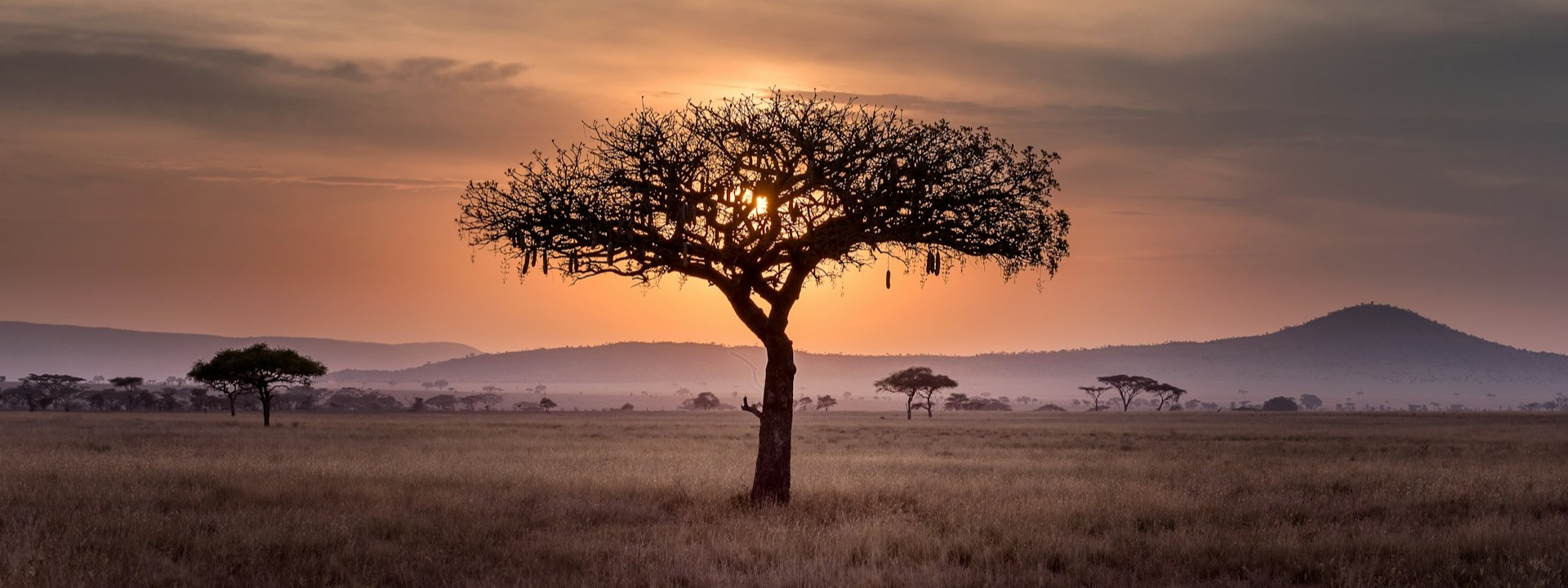
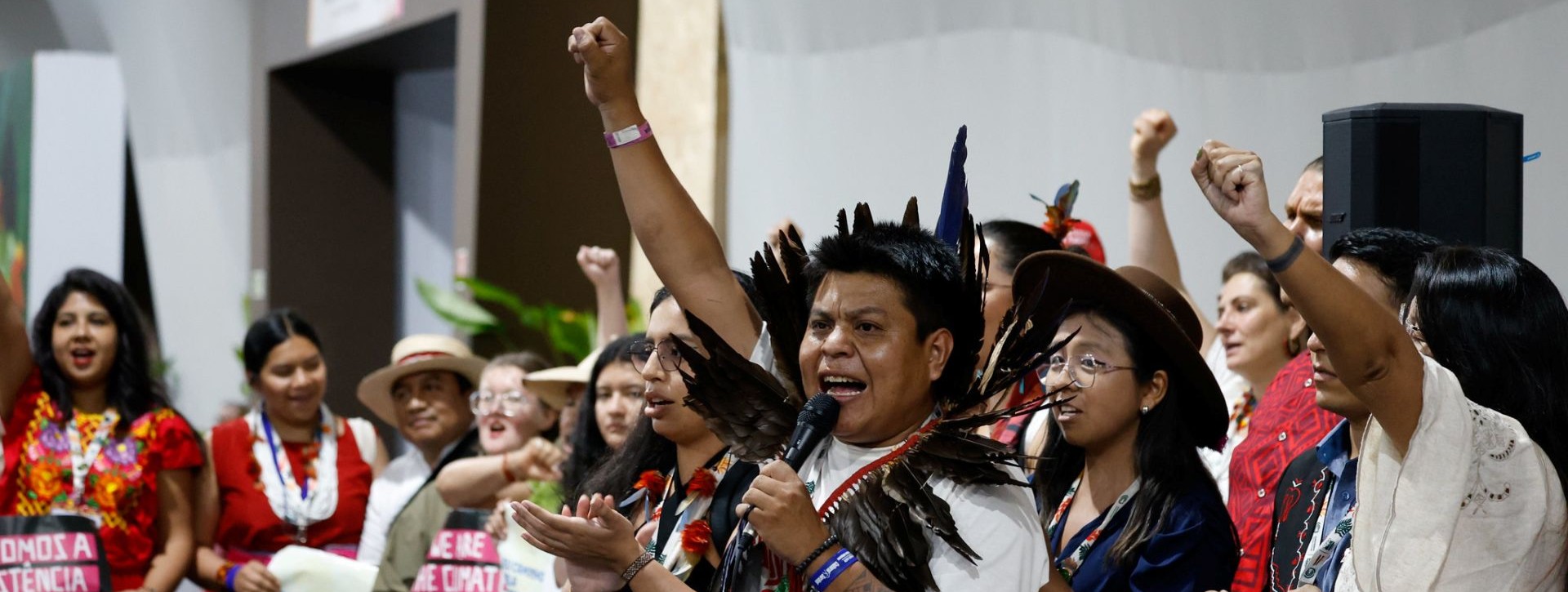
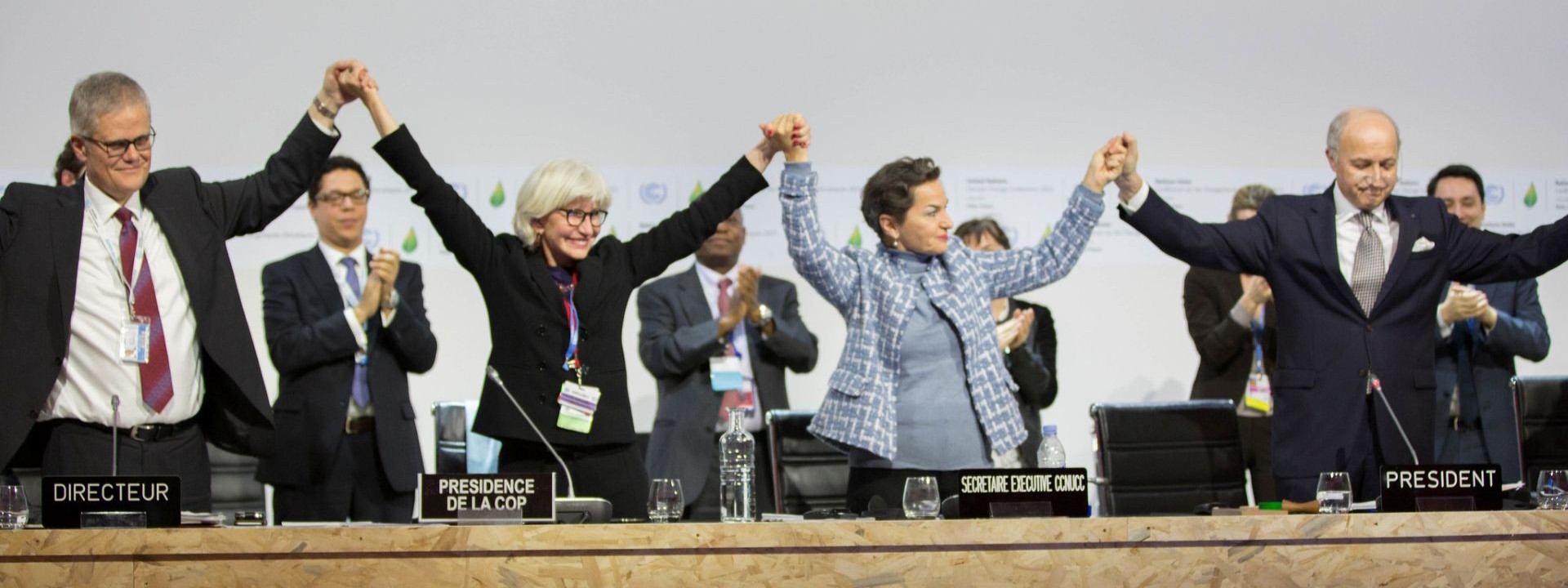
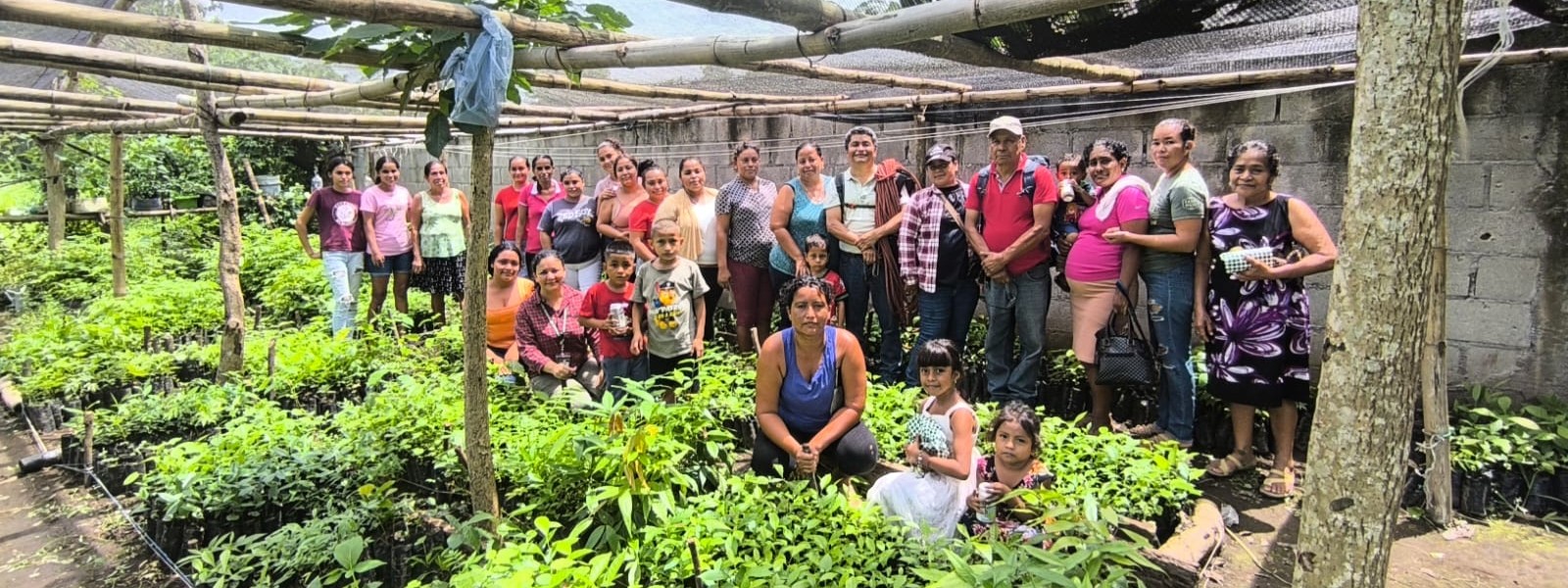
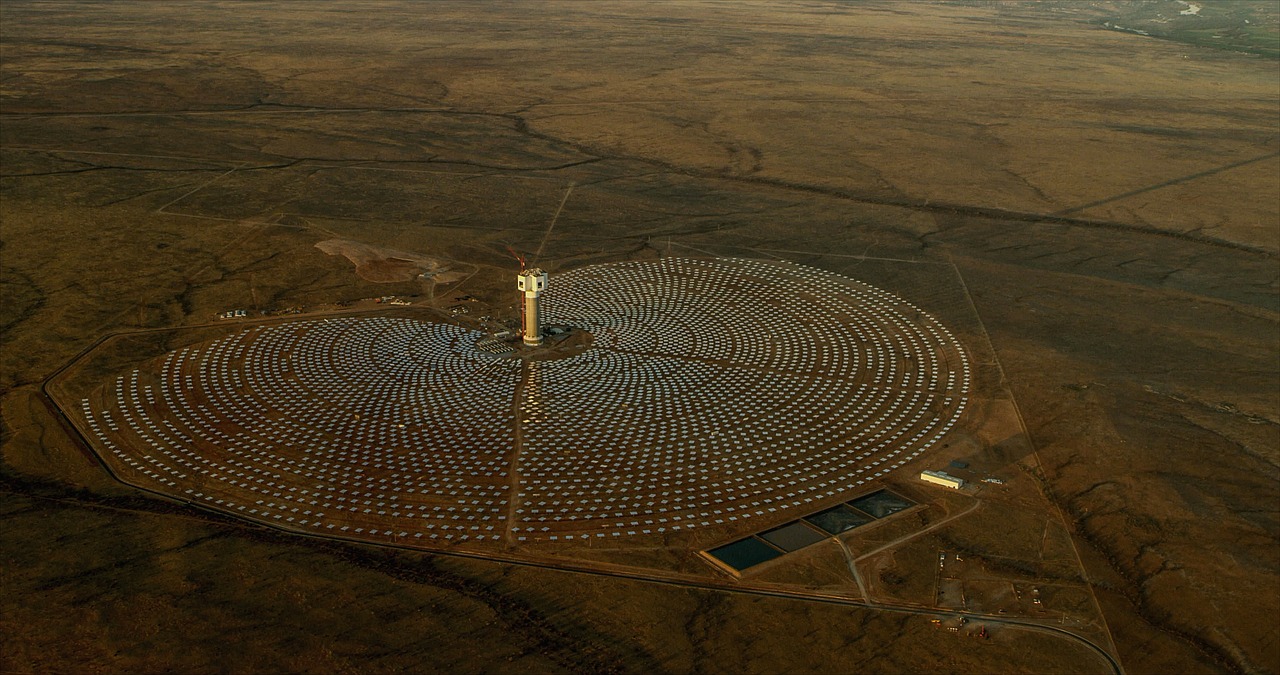
Share your thoughts with us